By Manisha Sahu — America News World
October 19, 2025
In a striking moment during a White House meeting on Friday, President Donald Trump responded to a bold infrastructure proposal from Moscow — one that envisions a 70-miles rail and cargo tunnel connecting the United States and Russia beneath the Bering Strait. His reaction: “interesting.” However, the idea didn’t sit nearly as well with Ukraine’s President Volodymyr Zelenskyy, who declared he was “not happy with this idea.”

Also read:- Indian Man Arrested in Bangkok for Waving Gun-Shaped Lighter
The ambitious tunnel proposal
The idea comes from Kirill Dmitriev, the head of Russia’s sovereign wealth fund the Russian Direct Investment Fund (RDIF) and a key investment envoy for President Vladimir Putin. Dmitriev published a plan on social media proposing a “Putin-Trump Tunnel” — a 112-kilometre (≈70-mile) undersea rail and cargo link between Russia’s far-eastern Chukotka region and Alaska.
He estimates cost of US$8 billion, aided by cutting-edge tunnelling technologies promoted by U.S. entrepreneur Elon Musk and his tunnelling firm The Boring Company. Traditional cost estimates for such a project run far higher (over US$65 billion in Dmitriev’s framing).
The stated goals of the project are both symbolic and practical: symbolise a new era of U.S.–Russia cooperation, link the Americas with Eurasia, and unlock joint exploitation of natural resources in the Arctic and Siberian regions.
Also read:- Israel strikes Gaza as Hamas rejects US ceasefire claim
Trump’s response & Zelenskyy’s reaction
During the Friday session with President Zelenskyy, a journalist asked Trump about the tunnel idea. Trump said:
“That’s an interesting one… we’ll have to think about that.”
He then turned to Zelenskyy for his opinion. The Ukrainian leader responded crisply:
“I’m not happy with this idea.”
The remark was followed by light laughter in the U.S. side.
While Trump’s comment signals openness or at least curiosity, Zelenskyy’s tone indicates serious concern — possibly over implications for Ukraine’s war with Russia, regional security, or how it might strengthen Russian leverage.
The broader context: geopolitics + infrastructure
U.S.–Russia relations & the Ukraine war
The timing of the tunnel proposal is significant. It comes amid renewed efforts at U.S.–Russia engagement: Trump and Putin recently held a call, and a meeting in Budapest is reportedly being scheduled. The backdrop is the ongoing war in Ukraine, initiated by Russia’s 2022 invasion, which has deeply soured relations with the West.
Russia sees infrastructure and energy cooperation as a vehicle to rebuild ties. Dmitriev referenced past projects like the Russia-China rail bridge and pitched this tunnel as the next “continent-connecting” megaproject.
Engineering, cost & logistics hurdles
The tunnel faces enormous practical obstacles. The Bering Strait at its narrowest is about 51 miles (82 km) wide. The Chukotka region has sparse rail/road infrastructure. Additionally, extreme weather, seismic activity, permafrost and remoteness all add to complexity. Experts caution that even with advanced tech the question of feasibility — let alone economics — is huge.
Symbolism and economic opportunity
From Moscow’s perspective, such a tunnel is as much diplomatic theatre as infrastructure: a message that Russia and the U.S. could transcend conflict and build something transformative together. Dmitriev’s language emphasised unity: “Imagine connecting the U.S. and Russia… the Americas and Afro-Eurasia.”
Economically, the Arctic is rich in minerals, hydrocarbons and new shipping routes that are opening up as sea ice declines. The tunnel could serve as strategic infrastructure for resource access and connected transportation networks.
Why Ukraine objects
President Zelenskyy’s rejection of the project likely stems from multiple worries:
Strategic risk: Any deepening U.S.–Russia infrastructure cooperation could undercut Ukraine’s bargaining position or make Moscow appear more integrated with Washington’s agenda.
Resource leverage: If Russia gains joint-venture access with the U.S. to Arctic resources, the leverage over Ukraine (and Europe) might increase.
War outcome concerns: Ukraine may fear that such symbolic gestures of reconciliation between the U.S. and Russia could shift focus away from Russia’s accountability or the war’s outcome.
Security considerations: A rail link between Russia and U.S. territory (Alaska) raises security questions — especially given the strategic nature of Arctic regions.
Next steps and what to watch
Feasibility study: Dmitriev says the study started six months ago. Monitoring how seriously this is pursued (or shelved) will be key.
U.S.–Russia meeting: The upcoming Trump–Putin meeting in Budapest will likely reveal whether this is a serious infrastructure agenda item or diplomatic bluster.
Arctic resource development: Any moves by Russia or the U.S. toward joint development of Arctic energy or transport projects may signal follow-through.
Ukraine War negotiations: How Ukraine’s concerns are addressed — whether they are sidelined or integrated — will influence regional trust.
Economic & environmental assessment: A credible cost-benefit and environmental impact study will be necessary if the tunnel is to proceed beyond the proposal stage.
What began as an audacious infrastructure idea has rapidly transformed into a geopolitical signal: a proposed “Putin-Trump Tunnel” under the Bering Strait that could link Alaska and Russia, at a cost of billions, and serve as a metaphor for renewed U.S.–Russia ties. President Trump labelled the idea “interesting,” while President Zelenskyy plainly voiced disapproval.
Whether this becomes a credible project or remains symbolic remains to be seen. But for now, it highlights the complex interplay of diplomacy, infrastructure ambition and the war in Ukraine shaping the 21st-century global map.
Discover more from AMERICA NEWS WORLD
Subscribe to get the latest posts sent to your email.
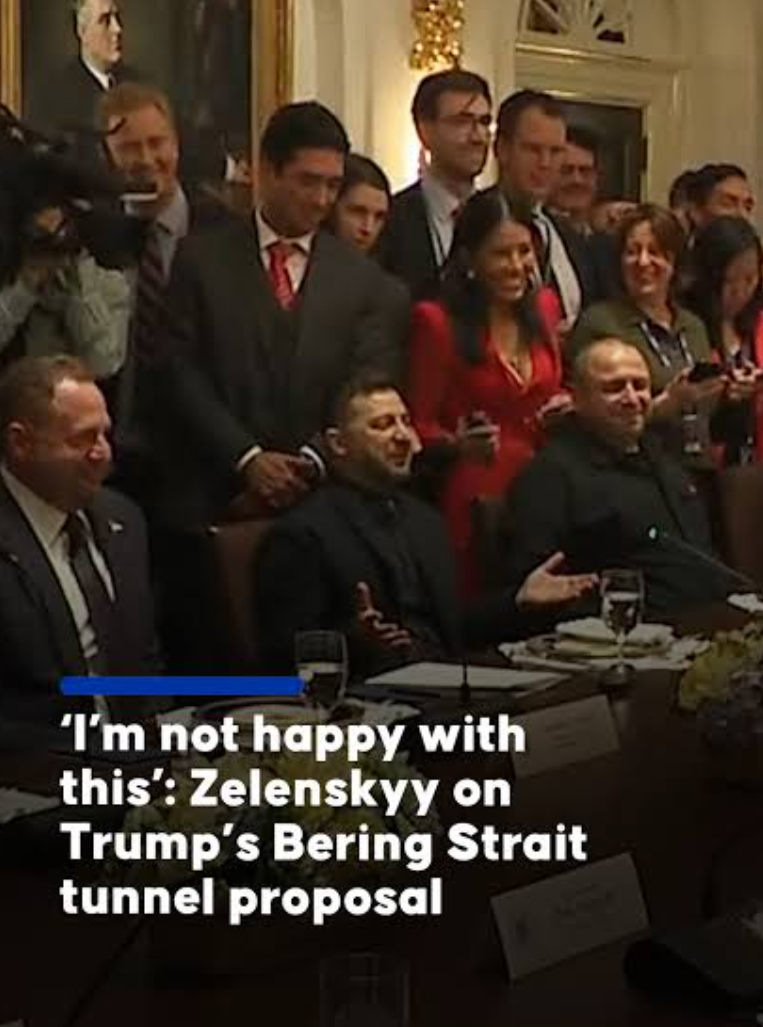



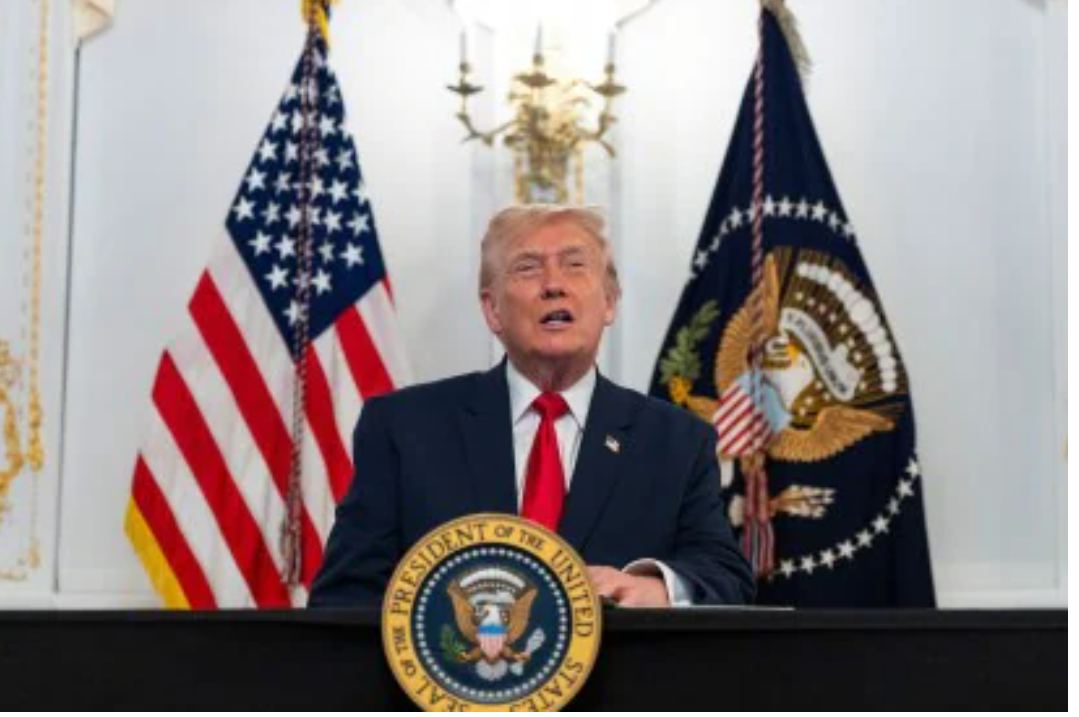
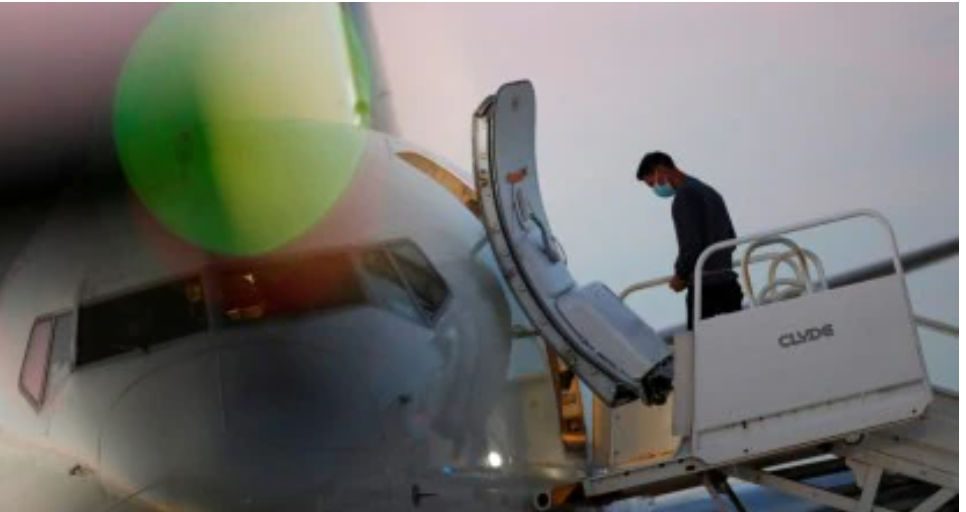



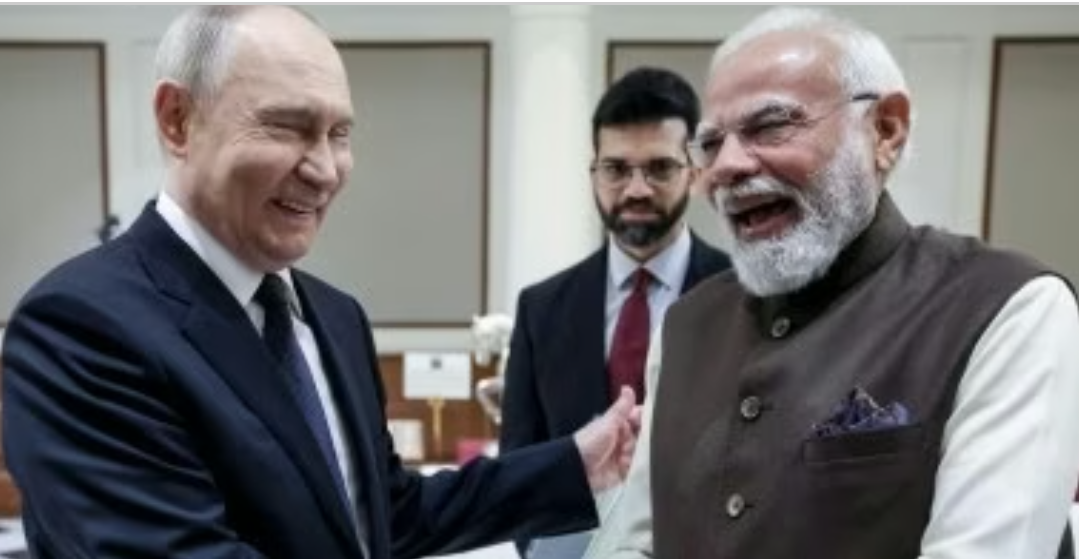
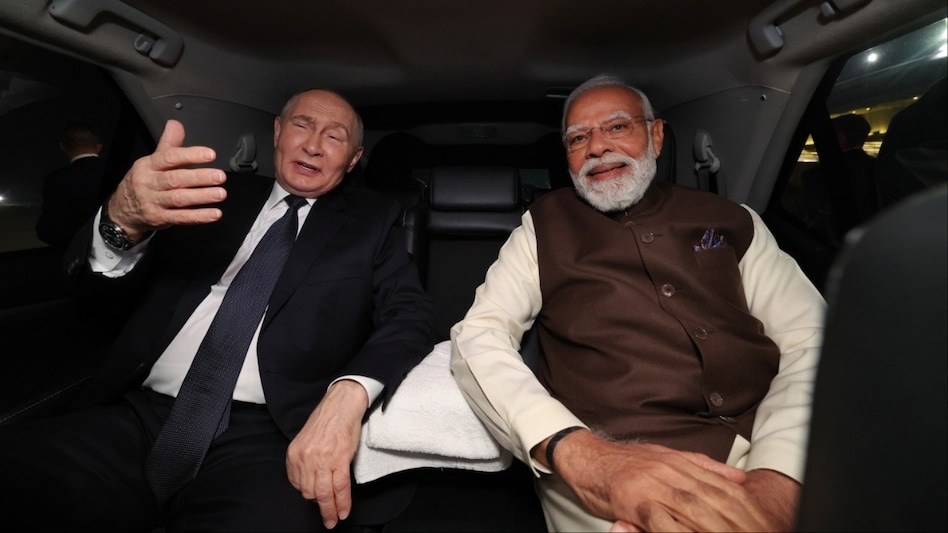
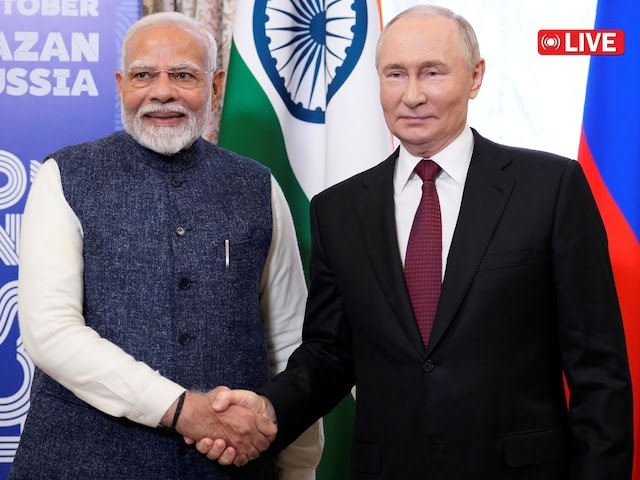

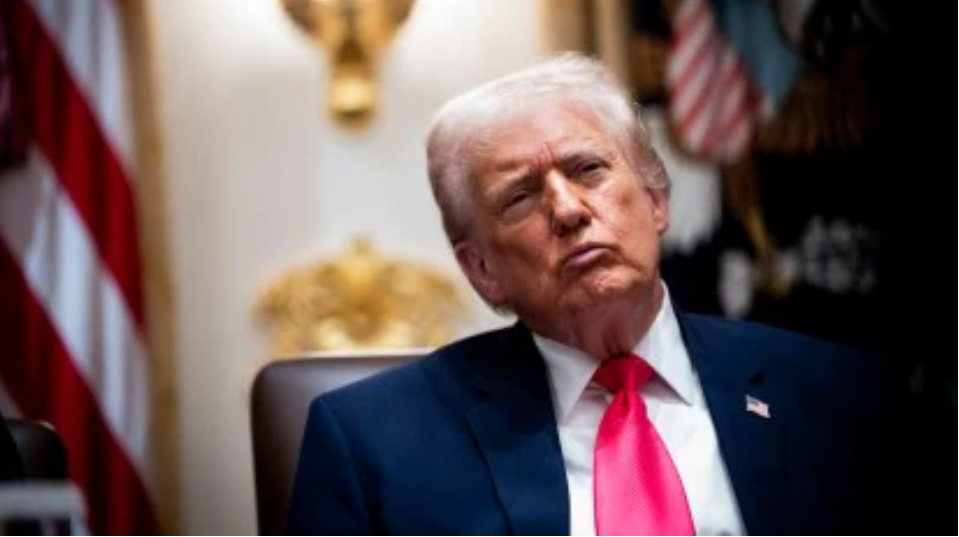
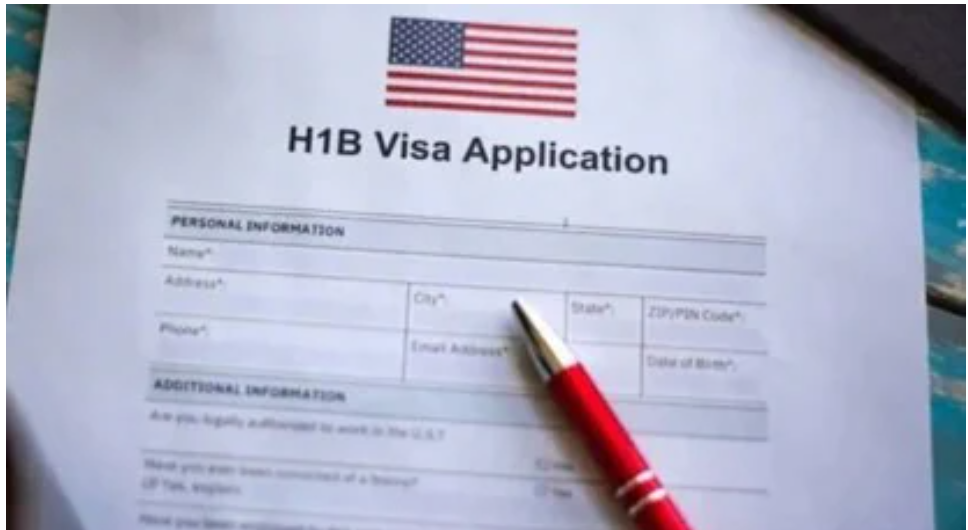



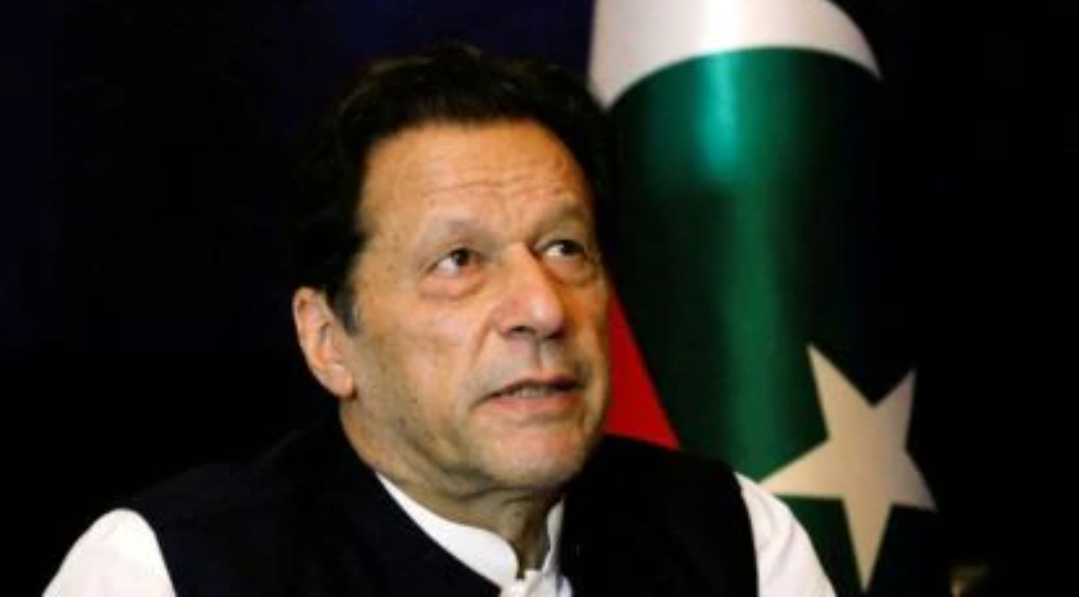




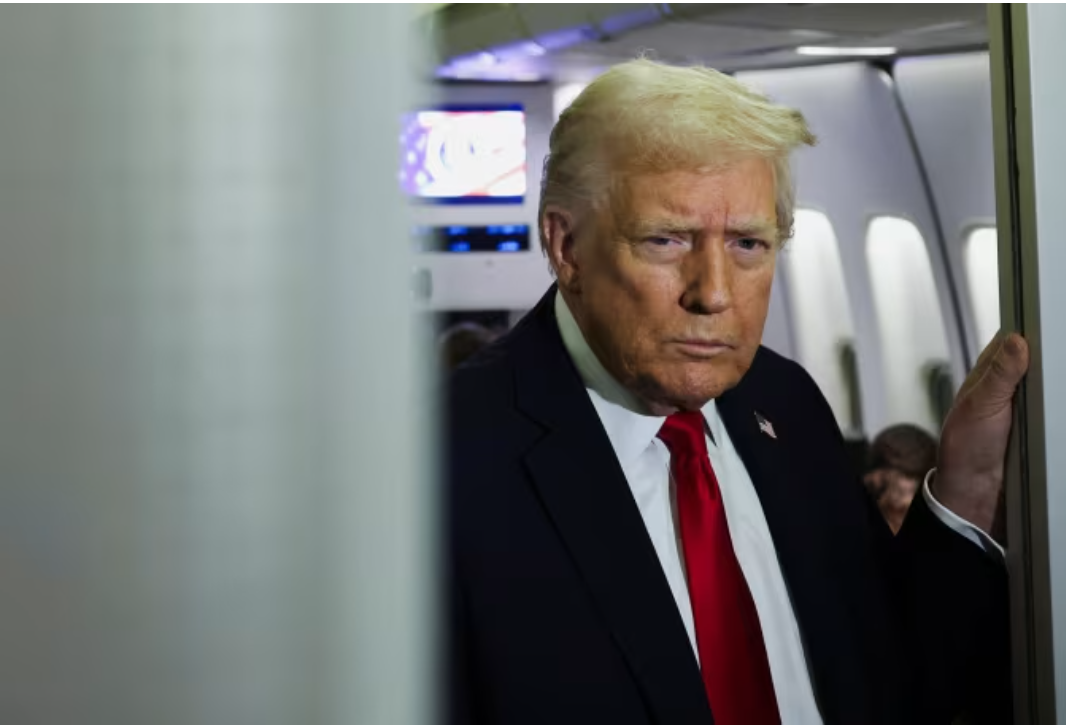







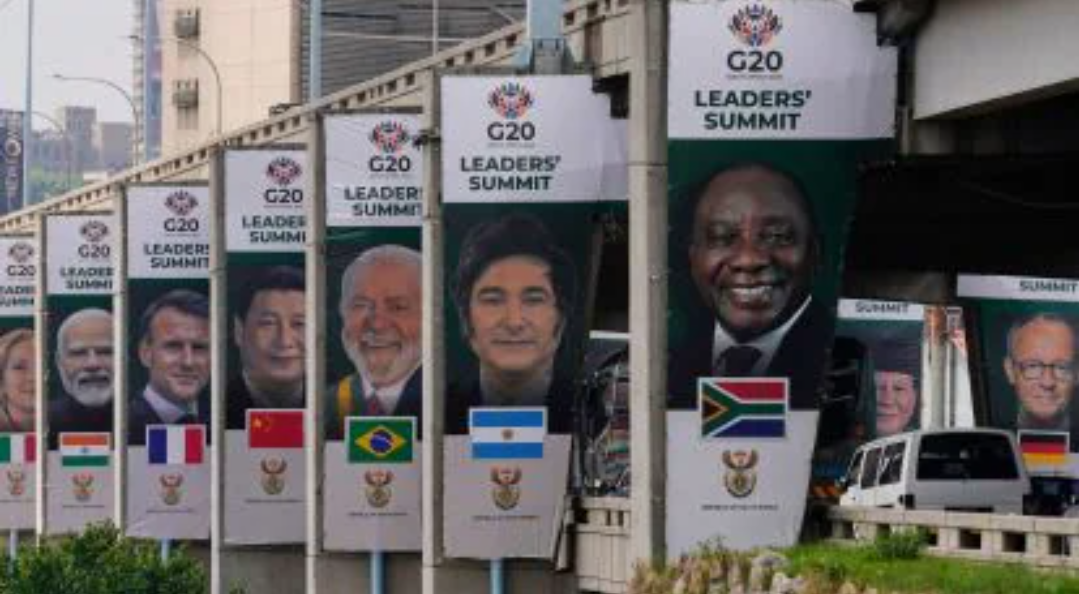
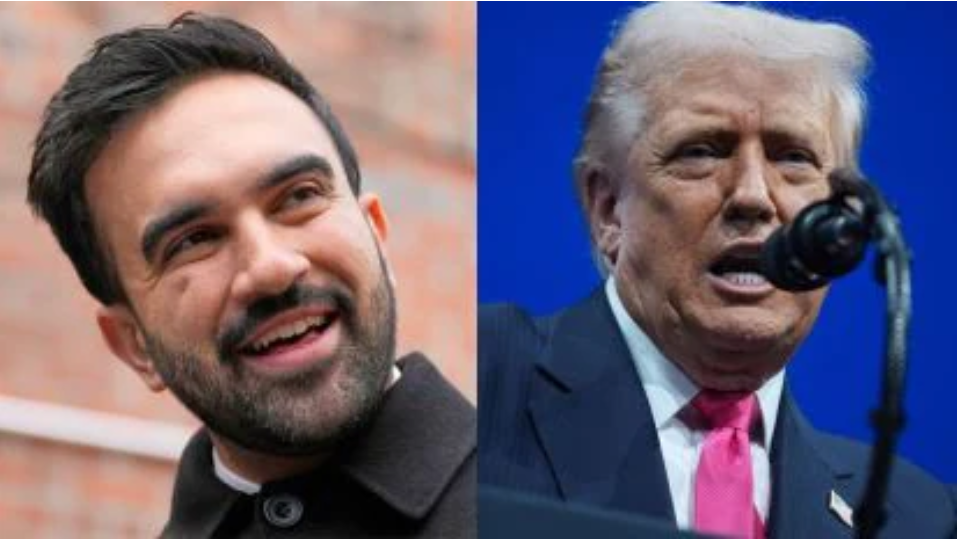









Leave a Reply